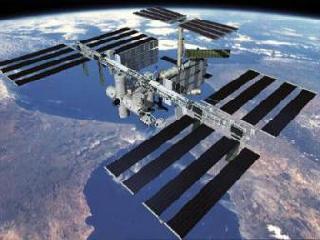
A file photo of the International Space Station.
WASHINGTON (AFP): Astronauts need to conduct an extra, third spacewalk outside the International Space Station after their efforts to repair a failed cooling system on the orbiter fell short, NASA said.
"I really think we're going to end up with three EVAs," or extra vehicular activities, ISS manager Michael Suffredini said after US astronauts completed a first spacewalk in which they ran into trouble trying to unhook and remove the busted module that has caused the cooling problem.
A second spacewalk has already been scheduled for no earlier than Wednesday, but NASA said it was clear that a third walk was now needed.
"It would take a lot of good luck and somebody coming up with a really short tweak to the EVA for us to get to the point where we can start that (new) ammonia pump" after the second spacewalk, Suffredini told a briefing broadcast on NASA's website.
"We're going to end up being in this condition, this risk posture, a few more days than originally planned," he said.
Conditions on the ISS remained stable and the station's six-person crew -- three Americans and three Russians -- was not in danger, US space agency officials said.
But the development is a setback for NASA. Astronauts Doug Wheelock and Tracy Caldwell Dyson had just completed the longest spacewalk outside the ISS and, at eight hours and three minutes, the sixth longest ever.
Yet they could not wrest the faulty pump module from the outside of the station's first starboard truss.
"We did our best to get it disconnected, but it didn't apparently want to," spacewalk flight director Courtenay McMillan said.
At one point, Wheelock resorted to hammering on one of the stuck lines' buttons, which caused the mechanism to open successfully.
Then, an ammonia leak forced an extension of the spacewalk, as the duo needed to "bake-out" the ammonia that escaped from the lines and contaminated their suits.
NASA encountered trouble with the four valves and their quick disconnect, or QD, mechanisms that the astronauts needed to use in order to get the module completely unhooked and removed.
NASA described the QDs as "sensitive systems" designed to feed ammonia through the valves at high pressure.
Astronauts noticed ammonia had built up around one of the valves, and it started leaking ammonia when opened.
McMillan said it was safer to leave the hose connected than to risk disconnecting it in its current configuration and then being unable to stop the leak.
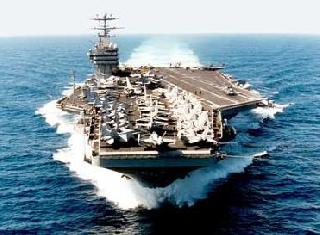 Previous Article
Previous Article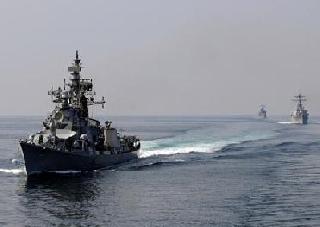 Next Article
Next Article

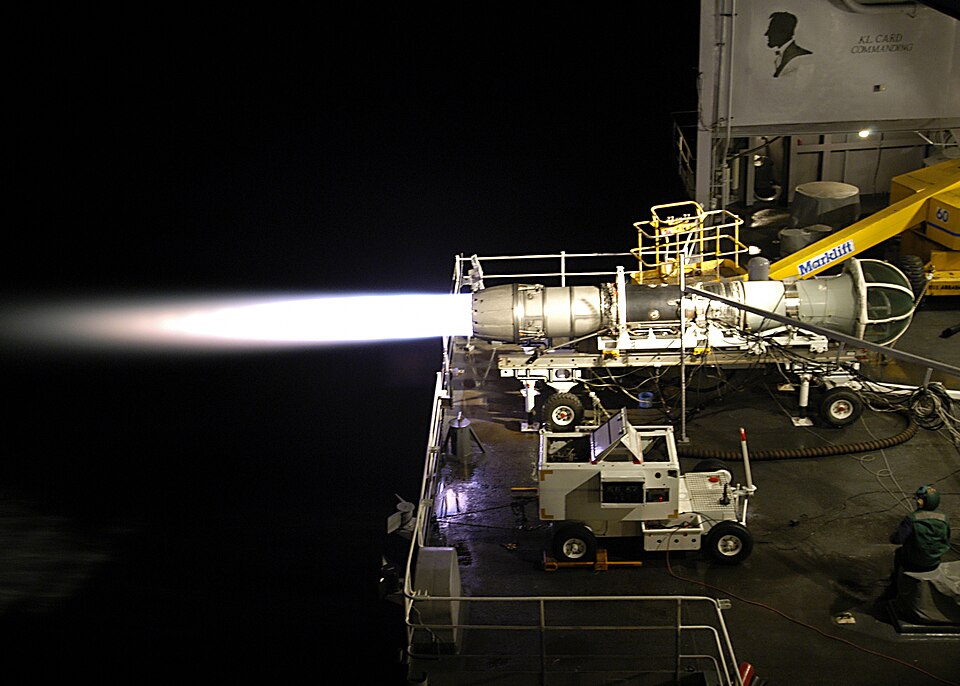
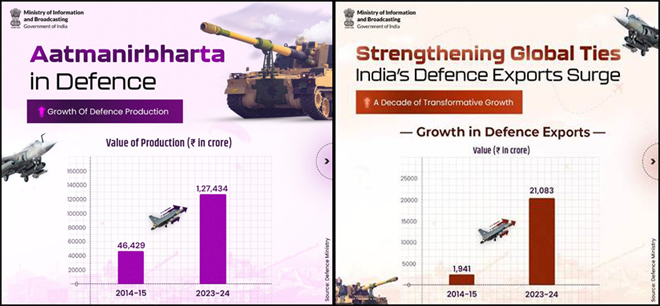










The Indian Air Force, in its flight trials evaluation report submitted before the Defence Ministry l..
view articleAn insight into the Medium Multi-Role Combat Aircraft competition...
view articleSky enthusiasts can now spot the International Space Station (ISS) commanded by Indian-American astr..
view article